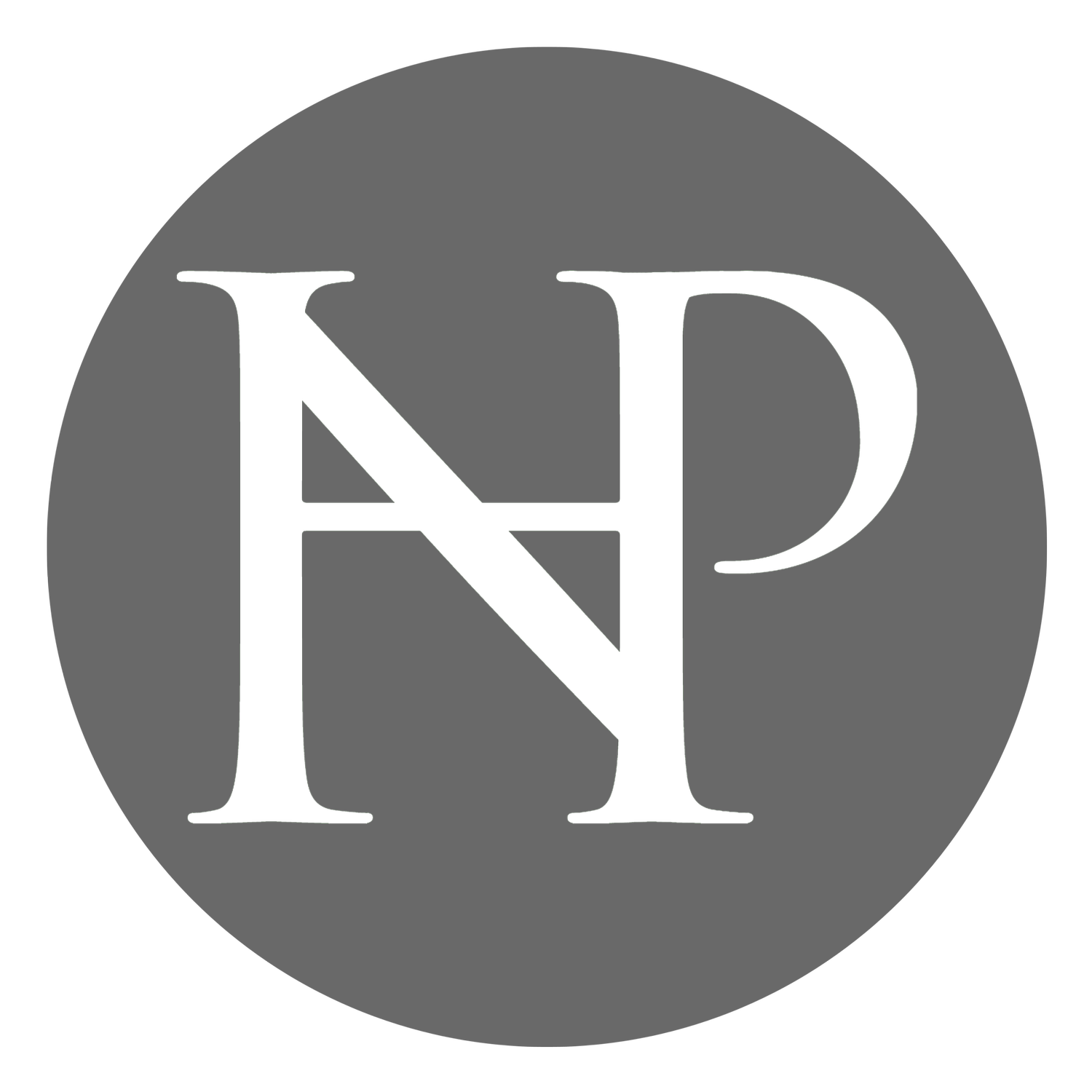Part 2 of 4 WPPI Post covers the cool new things coming out or that were new to me... and the kinds of things that I believe need to be left in the past or buried in the Nevada desert... (feel free to disagree with me in the comments, these are just my opinions!)
New Pocketwizards!


Pocketwizard launched a new line of their radio triggers this past week, and I can't wait to get my hands on them! I currently use Pocketwizard PWII's which are great, but have some limitations, especially in your level of control when it comes to adjusting the power of your flashes remotely. With the PWII system, I have to physically walk over to a flash and manually dial down the power I want out of it, then walk back to where I was and check to make sure it's giving me the level of lighting I want now. The other downside of the old system is that due to the very minute delay in the camera sending a signal out to the transmitter and to the receiver, it is near impossible to use a shutterspeed faster than 1/320 of a second and still have the entire image show the flash. With the new Pocketwizards that have now been announced, I can not only adjust the power of my flashes remotely, they now have a sort of ESP, allowing the flashes to fire when I want them to! You can plug the new models into your computer and actually adjust in nanoseconds, when you want your flashes to fire in relation to when your shutter release is pressed! This allows for faster shutter speeds, meaning you can actually dial down the ambient exposure much more easily. Don't want the Sun to be overpowering your flash burst? No problem! These new models will allow you to set your shutter now all the way up to 1/500 with full flash coverage and up to 1/8000 with the right type of flash and settings! Right now they just have Canon compatible models available, but as soon as the Nikon versions are released, you can bet I'll have a set on order!
New Lasolite Triflash bracket
Another flash related accessory that caught my eye was this new tri-bracket from Lasolite. They aren't shipping quite yet, and they're a little pricy (the rep told me about $75) but imagine being able to throw three hotshoe flashes behind an umbrella or a softbox. You can get a ton of power in a very portable package with one of these, I'm probably going to wait for another company to make something similar though, I don't think I need one of these that badly to go blowing $75 on a piece of plastic. Especially when I can use gaffers tape to hold three flashes together if I need to for less than $1's worth of tape. What's funny about this, is I thought I had seen one of these before so I didn't think much of it at first, but then I realized that the last time I'd seen someone (Joe McNally) use so many flashes in an umbrella, it was MacGyver style!
Lasolite Trigrip (not sure if this is new, or just never saw it before)

I'd never seen these before, not exactly sure if they're new, but they really caught my eye when passing by Bogen's booth. They are a great portable diffusion/reflector system that collapses up into a little round sleeve that could fit in any bag. What makes these really unique though is the triangular shape and rubber grip that allows you to easily hold onto them or even prop them up against something. I have a circular reflector and skrim, but never use it because I don't want to hire an assistant just to hold diffusers. Maybe when I start shooting $100,000 weddings, I might hire a "diffusing assistant". Just kidding!
I've played around with Capture NX (Nikon's RAW processing application) and wasn't a fan of it, but loved the concept of control points. What this is, is a really intelligent system that allows me to select a sky or a dress or a face and it can intelligently figure out where the object starts and ends. From there it allows me to adjust that specific area of an image without having to jump over into Photoshop or another standalone application. I never realized until I happened across the Nik Software booth that they partnered with Nikon in creating the U-point technology, and discovered they are now offering a great package for Apeture that includes the whole suite of plugins! I had been using Aperture since it's launch up until late last year, when I decided to tryout Lightroom and never bothered going through Aperture for my editing anymore. Now that Nik has a great offer as a plugin for Aperture, I just might start using it again...we shall see.
Shadows:



